Artificial Intelligence (AI) and job automation are rapidly reshaping the global workforce. While these technologies bring efficiency and innovation, they also raise significant concerns about employment, inequality, and the future of work. Understanding the risks involved is essential to prepare for a balanced and inclusive transition.
What Is AI-Driven Job Automation?
AI-driven job automation involves using intelligent systems, robotics, and machine learning algorithms to perform tasks that were traditionally handled by humans. From manufacturing and customer service to data analysis and logistics, automation is becoming more prevalent across industries.
Key Risks of AI and Job Automation
Job Displacement
One of the most pressing concerns is the potential loss of jobs. Routine and repetitive tasks—especially in manufacturing, retail, transportation, and administrative sectors—are at high risk of being automated, leading to widespread displacement of workers.
Widening Economic Inequality
Automation can deepen existing economic divides. While businesses and skilled workers benefit from increased productivity, low-income workers may face reduced job security and fewer opportunities. This can contribute to social unrest and economic polarization.
Skill Gaps and Reskilling Challenges
The shift to an AI-powered workforce demands new skills, particularly in tech, data science, and automation management. However, not all workers have equal access to reskilling programs, creating a gap between evolving job requirements and workforce capabilities.
Loss of Human Judgment
In some sectors, replacing human roles with AI could undermine the importance of human intuition, ethics, and empathy. Automated decision-making, especially in areas like healthcare, legal systems, or social services, can lead to outcomes that lack moral or emotional intelligence.
Over-Reliance on Technology
As automation becomes more embedded, organizations may become too dependent on AI systems. Technical failures, cyber threats, or poorly trained models can lead to serious disruptions and vulnerabilities.
Data Privacy and Surveillance
Many automated systems rely on large volumes of data to function. This raises concerns about how employee data is collected, monitored, and used—potentially infringing on privacy rights and workplace ethics.
Conclusion
AI and automation offer remarkable potential to improve efficiency and reshape industries. However, they also bring real risks that need to be addressed through responsible policies, continuous learning opportunities, and ethical considerations. Building a future where humans and machines coexist productively requires proactive efforts to protect jobs, ensure fairness, and preserve the human values at the heart of work.


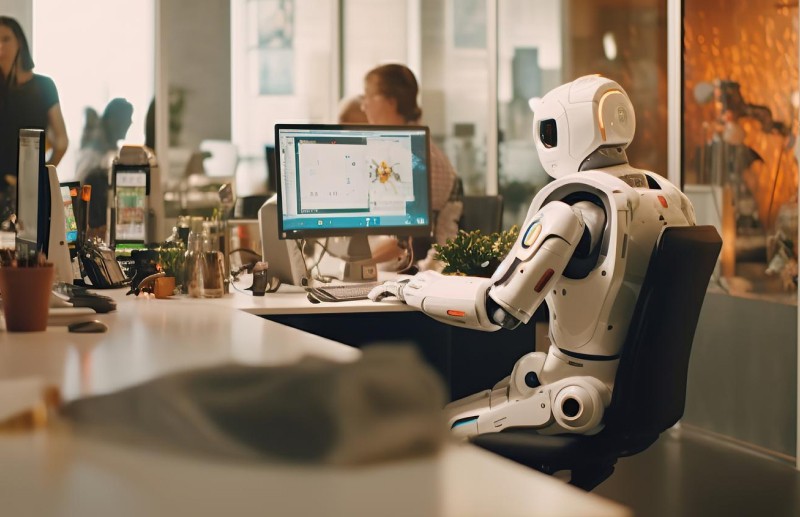
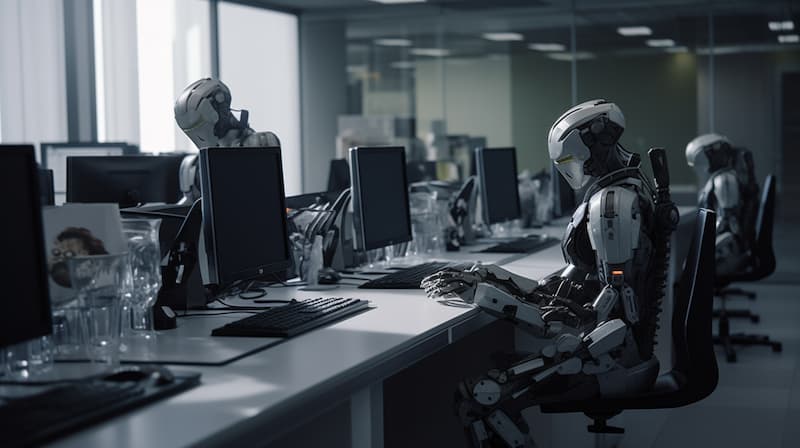
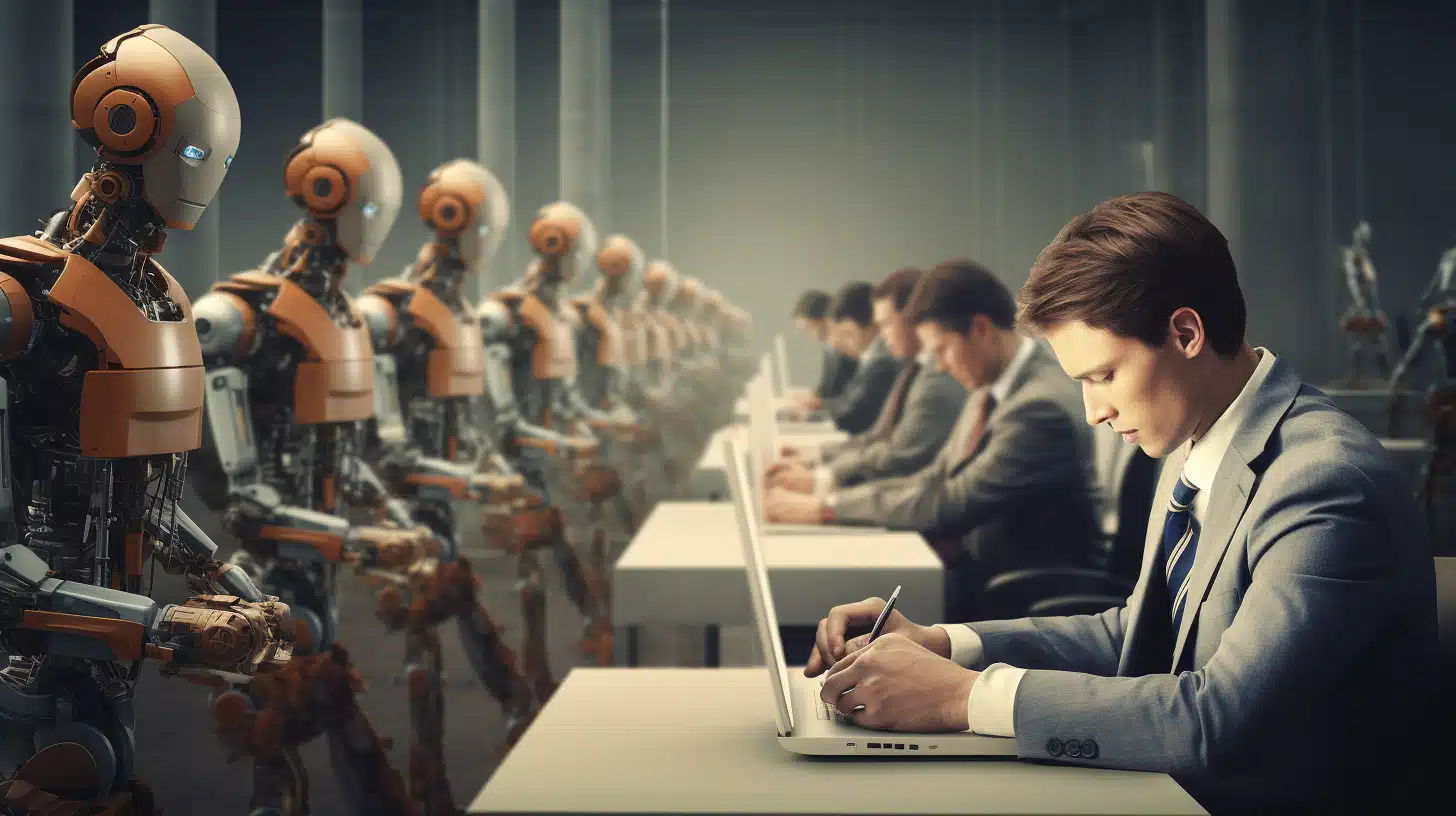
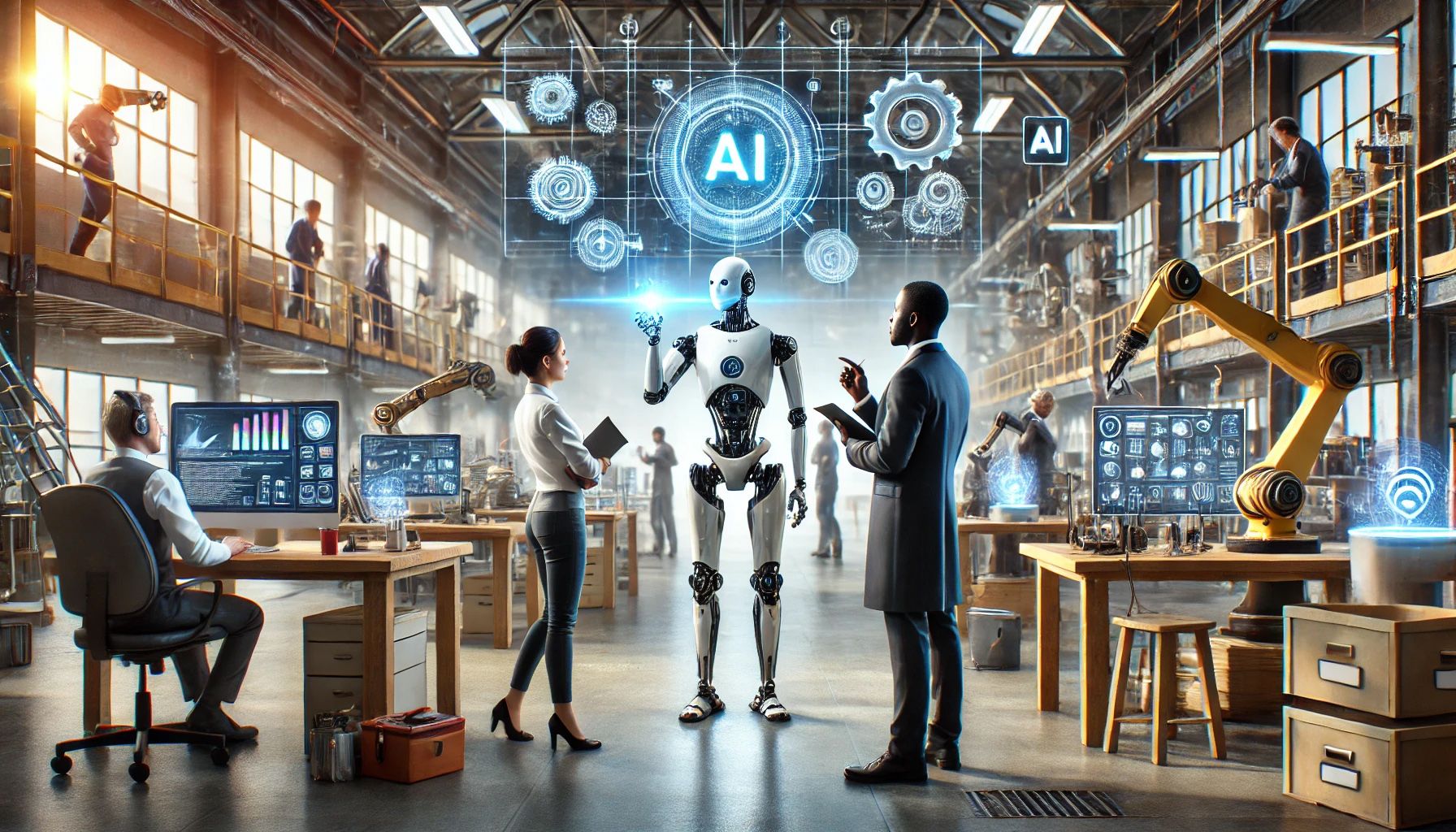
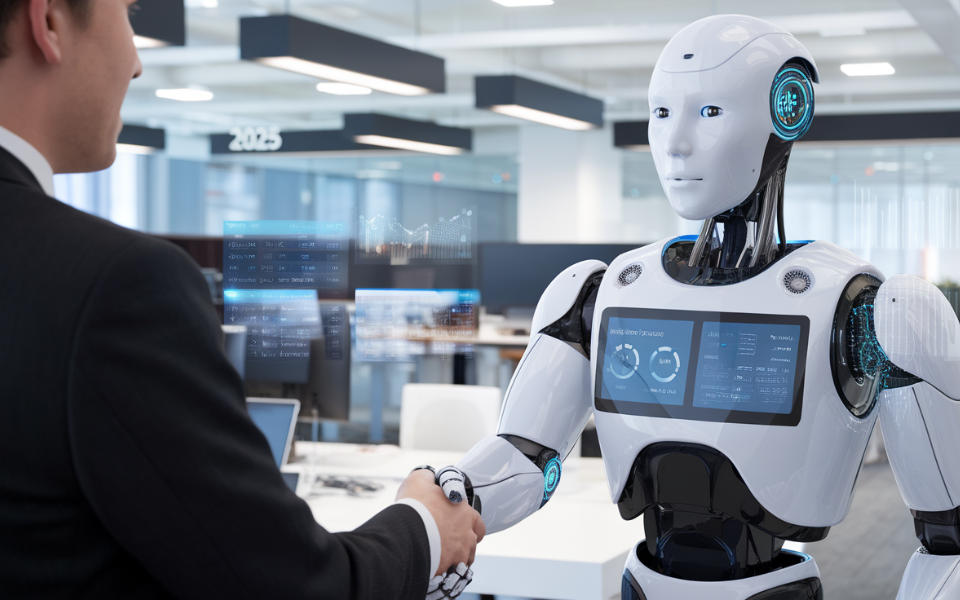
Leave feedback about this